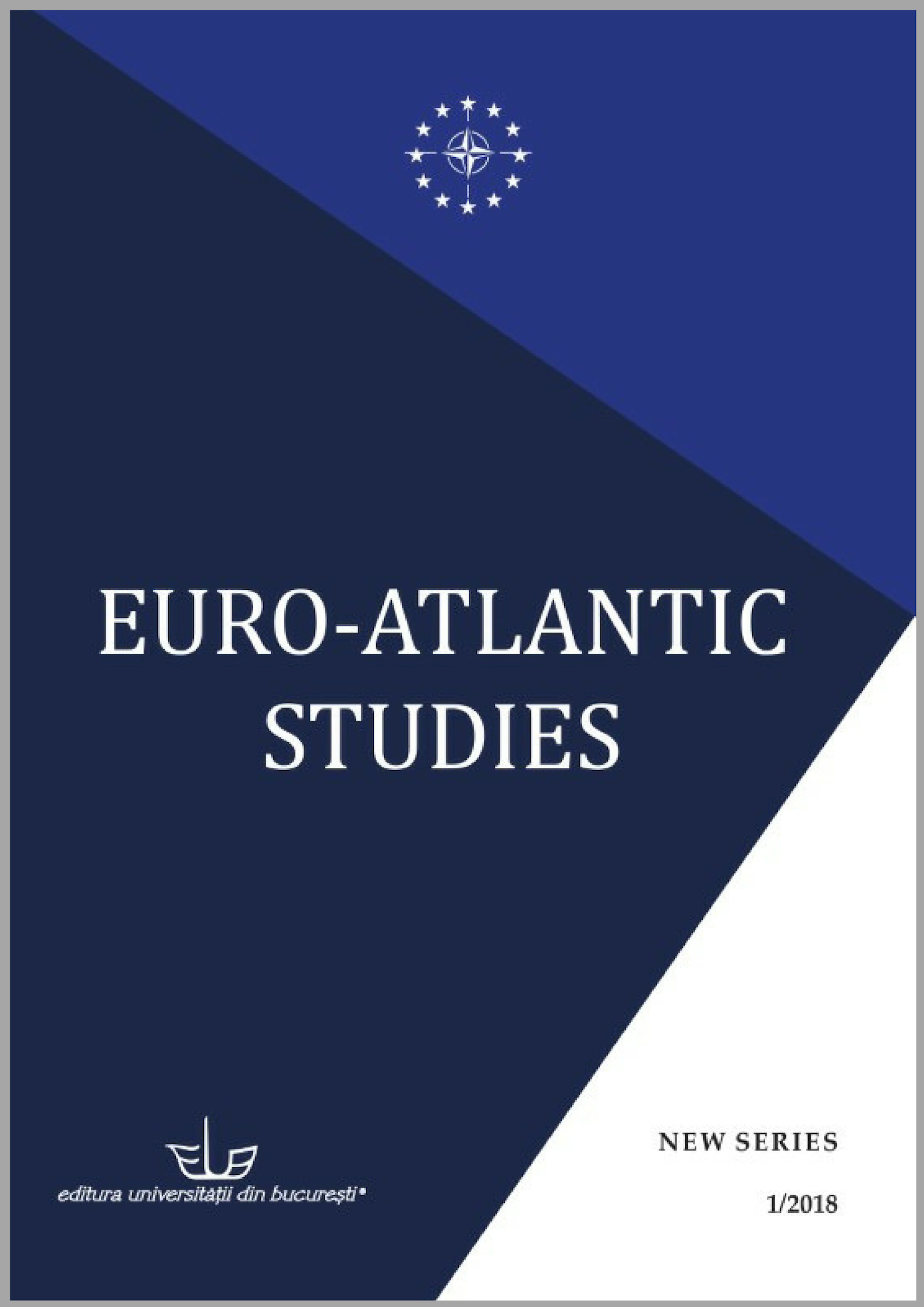
We kindly inform you that, as long as the subject affiliation of our 300.000+ articles is in progress, you might get unsufficient or no results on your third level or second level search. In this case, please broaden your search criteria.

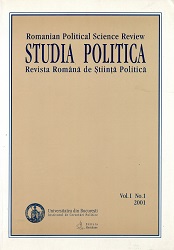
A conflict of ideas has developed lately in Romanian cultural media, a conflict as sharp as it is surprising, at least for an unprepared reader. Intellectuals who appeared to be of one mind on a range of topics have come to see each other as opponents on several extremely important issues in which political, historical and cultural spheres are so intertwined that the distinctions become blurred
More...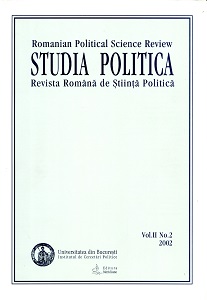
En mars 1918, Sfatul Țării, l'organe législatif de la République moldave nouvellement instituée vote «l'union à la mère-patrie» - la Grande Roumanie1. Une année plus tard, la Roumanie, dans sa nouvelle composition territoriale, obtient la recon naissance officielle des grandes puissances européennes et de la Société des Nations1 2. Le gouvernement roumain démarre immédiatement une campagne de redressement économique et culturel de la province. Le ministère de l'Éducation, aidé par l'Armée, met en place de nouveaux réseaux d'établissements éducatifs et culturels dont le rôle déclaré est la «roumanisation» urgente de la région. Ces organismes publics encouragent aussi les initiatives locales de formation de sociétés et d'organes de presse dont la fonction est de propager la langue et la culture roumaines.
More...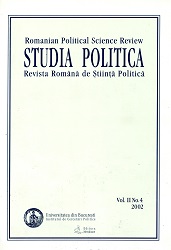
Véritable cavalier seul dans une Europe de l'Est en pleine mutation, Nicolae Ceaușescu est triomphalement réélu en novembre 19891, chef du Parti Communiste Roumain et Président. Partisan d'un «socialisme scientifique» à la roumaine, Ceaușescu qui fait l'objet d'un culte de la personnalité, ne cesse de fustiger les pays réformateurs d'Europe de l'Est, la Pologne et la Hongrie en tête. Toute dissidence est immédiatement et brutalement réprimée. Malgré les critiques de plus en plus vives des pays occidentaux, Ceaușescu a poursuivi son projet de centralisation urbaine qui entraîne la destruction de plusieurs milliers de petites localités rurales et le déplacement forcé de leurs habitants vers les villes. Il souhaite regrouper tous les Roumains au sein des grandes villes dans l'illusion de parvenir par ce moyen autoritaire à combler le retard industriel et économique du pays. «L'Union fait la force de notre pays» proclame-t-il. En réalité, si durant le mois de décembre 1989, son pays fait bloc, c'est... contre lui. Le 25 décembre, le présentateur du journal de la seule chaîne de télévision roumaine commence ainsi son plateau : «L'Antéchrist est mort le jour de Noël». La Roumanie entre à son tour dans l'ère postcommuniste.
More...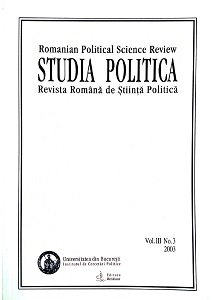
Une vaste littérature a émergé les dernières années sur les transformations à l'œuvre dans les pays de l'Europe centrale et orientale suite à la chute des régimes communistes. La multiplication de ces recherches se justifie pleinement par l'ampleur des changements éthiques et idéologiques, en économie, dans le domaine juridique, au niveau social et politique, en matière de relations internationales. Le rythme des trans formations et leur résultat deviennent plus visibles à partir du moment où les pays de la région démarrent les négociations d'adhésion à l'Union européenne (UE). Le modèle imposé aux nouveaux candidats à l'élargissement a un grand impact sur les «domestic patterns», sur leurs politiques (policies) et leurs institutions (polities), cependant, un des aspects qui est plutôt ignoré dans la littérature de spécialité est l'impact de l'intégration européenne sur les «structures de représentation»3, sur les partis, les groupes d'intérêts, les systèmes politiques etc.
More...
La période entre les deux guerres en Roumanie se caractérise par une lutte continuelle des femmes pour la reconnaissance de leurs droits civils, politiques, économiques. Pour obtenir ces droits, les femmes ont formé des associations qui ont évolué, au long du temps, se transformant en associations de lutte pour les droits des femmes (au commencement, ces associations avaient des buts charitables). Nous nous proposons de suivre la lutte de ces associations et des femmes présidentes qui s'inscrit dans la sociologie de type actionnaliste. Nous prenons en compte l'action des associations, comprise comme une action collective et l'action des femmes représentantes de ces associations, une action individuelle. Ce qui nous intéresse ce sont les moyens utilisés par les femmes membres des associations d'obtenir leurs droits, notamment le droit de vote.
More...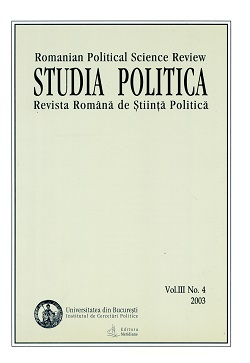
La Roumanie postcommuniste est, certes, nettement différente de la Roumanie communiste. Depuis la chute du régime communiste, il y a eu rédaction d'une nouvelle Constitution, il y a eu quatre épreuves électorales, il y a, à treize ans de l'adoption de la Loi fondamentale, une révision constitutionnelle déjà accomplie, de même une certaine volonté politique allant dans le sens de la révision du régime électoral, sans que les deux processus soient manifestement ou nécessairement liés1.
More...
Le 12 décembre 1989, dans une réunion commune, le Comité Central du Parti Communiste Roumain et le Bureau Permanent du Conseil Supérieur de Développement Économique et Social ont fixé pour le 11 mars 1990 les prochaines élections pour la Grande Assemblée Nationale et les conseils populaires. Les élections devaient être tenues selon les règles d'un «régime de parti monopolistique»1, mais qui avait assoupli, à partir de 19751 2, la contrainte exercée sur les citoyens: en effet, le système des candidatures multiples, mais dépendantes toutes du Front de l'Unité Socialiste3, fonctionne sous une forme, certainement, très limitée, aux trois dernières élections communistes4. Mais la décision du 12 décembre 1989 reste sans effet: pour la troisième fois dans l'histoire politique moderne de la Roumanie, des élections fixées légalement ne se tiennent pas. Cette fois, c'est parce que quatre jours après la déci sion du 12 décembre 1989, la Révolution anticommuniste commençait à Timișoara.
More...
Parmi les études sur les pays postcommunistes la question de la démocratie apparaît comme une problématique centrale débouchant sur une série de réflexions sur les trajectoires empruntées, l'identification des facteurs de changement, les formes de démocraties produites. Au-delà de l'intérêt scientifique, ces recherches servirent souvent d'appui aux programmes des bailleurs de fonds internationaux dont le FMI, la Banque Mondiale et l'Union européenne. Ces applications concrètes permirent de mesurer la diversité des situations entre chacun des pays d'Europe centrale et orientale et la complexité des réalités sociales. Après 12 ans de «transition», le retour au pouvoir des ex-communistes dans plusieurs de ces pays démontre que la démocratie à «l'occidentale» n'est plus vraiment plébiscitée par l'électeur. Ces nouvelles démocraties sont fragiles, instables et mal connues.
More...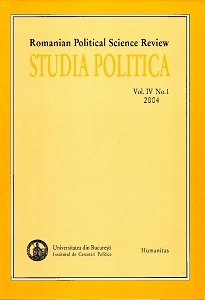
In order to individualize Norberto Bobbio as a political philosopher, the article explores the meanings and uses the Italian author assigned to political philosophy. In so doing, the paper draws mainly on a later work, Elogio della mitezza e altri scritti morali (Pratiche Editrice, Milano, 1998), which was published in English under the title "In praise of meekness", in Convivium. Journal of Ideas in Italian Studies, I, no. 1,1995, pp. 21-38. The paper's contention is that Bobbio uses once again his analytical method of understanding a concept by exploring its opposite. Thus, the Italian political philosopher goes against the mainstream that, from Machiavelli to Schmitt, focuses on aristocratic and heroic political virtues as courage, magnanimity, discretion, and the like in tended to empower some people to govern most of the people. Bobbio takes the side of a non-political virtue, namely meekness, described as the virtue of the private citizen who has no ambition to rule over things or people. Bobbio argues that a better appraisal of what politics is can therefore be achieved by considering what is beyond politics.
More...
This study attempts to explain how the decision-making process is handled in the political parties at the European level. The author proposes to interpret a case study on the European People's Party, while concentrating on the transnational processes developed by the (national) political parties, the parliamentary group in the European Parliament, and the extra-parliamentary party or federation. The broader aim is to assess and understand how the neofunctionalist propositions, the intergovernmental implications, and the neoinstitutionalist observations (apud Simon Hix) explain the development of the Europarties.
More...
The institutional organization of the American cultural diplomacy from the end of the First World War and the full engagement of the United States in the Second World War was an experimental, reactive, and unsubstantial policy. Even though the idea of using culture or arts as diplomatic tools was rejected by many governmental officials, there were many personalities like President Roosevelt, who foresaw that the power of art and culture represents an important part of states’ foreign policy. In fact, since the Cold War till now, cultural diplomacy has acquired special significance becoming an important instrument that operates among the other diplomatic methods.
More...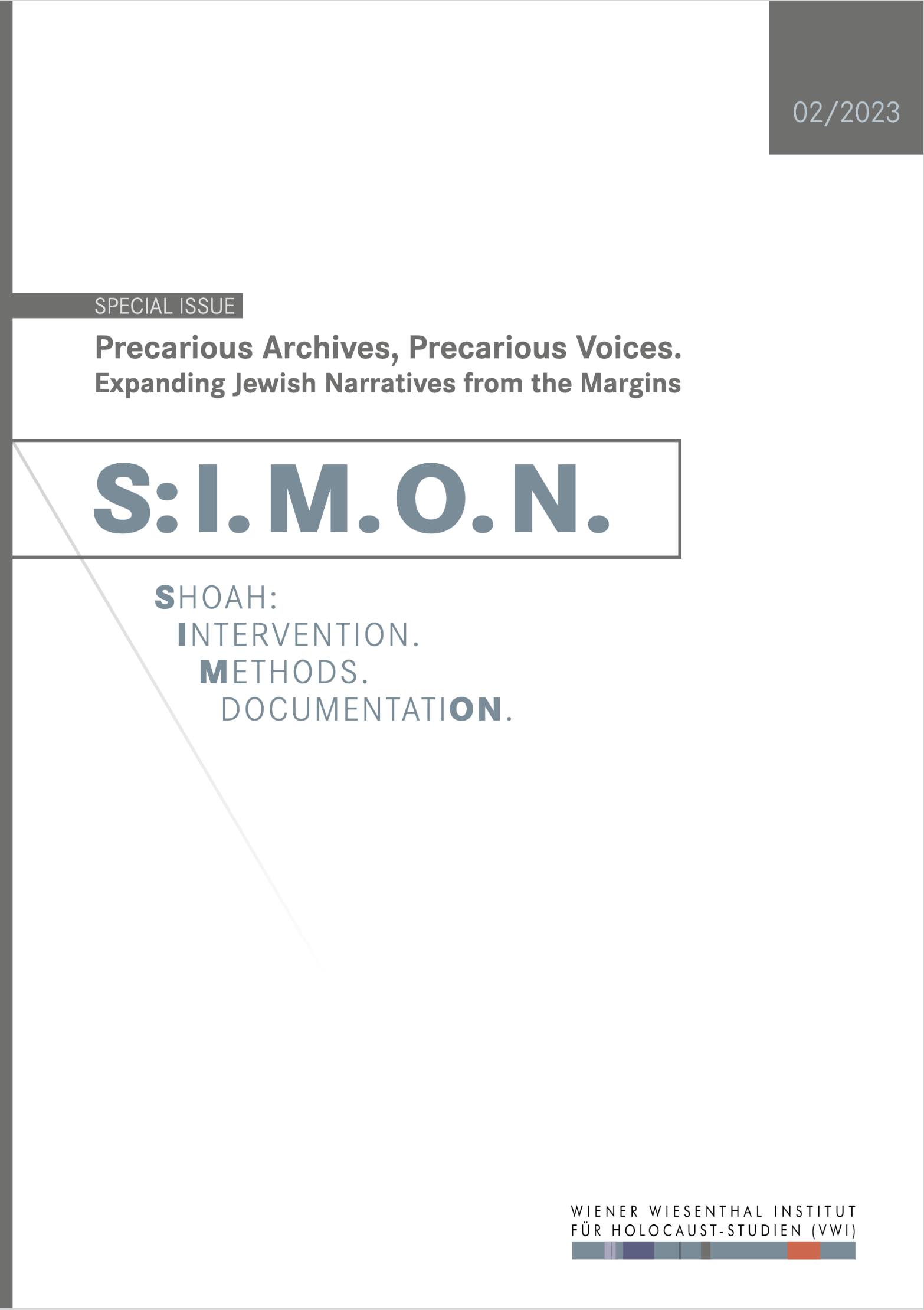
The ambivalent attitude of socialist memory politics towards the Holocaust during János Kádár’s regime (1956–1989) is reflected in the history of personal collections. Although museums did collect Holocaust memorabilia, this was not encouraged or publicised. Because of such delayed and restrained collection, the objects relating to persecution are mostly to be found in family homes. Since the end of socialism did not change this attitude, the contemporary memorial landscape of the Holocaust covers not only the institutions dedicated to the history of persecution but also the (second- and third-generation) survivors’ homes. On the other hand, the public collection of the victims’ documents – albeit in an incomplete, unprofessional, and politically motivated manner – had already been established during the Kádár era, and within the framework of a non-Jewish, party organisation. In this paper, we will attempt to describe the activity of the Committee for Persons Persecuted by the Nazis (Ná-cizmus Üldözötteinek Bizottsága, NÜB), the first organisation to specifically collect Holocaust memorabilia. Through examples, we will show the extent to which privately owned personal material traces contributed to the building of public collections in the post-communist period. The study particularly focusses on the collecting strategies and practices of the post-1990 Hungarian Auschwitz Foundation (Magyar Auschwitz Alapítvány) and the state-run Holocaust Memorial Center (Holokauszt Emlékközpont, HE), thus completing the institutionalisation process of Holocaust-related materials. We argue that the post-war era’s memory politics and memory processes, mainly in the 1960s and 1980s, influenced both the biography of the objects and the histories of the world around them. Therefore, through the stories of the objects, we can better understand the relationship between institutional and personal memory. We seek to answer the question of what happened to the tangible heritage of the Holocaust during the Kádár era and how the survivors related to their preserved objects in the 2010s.
More...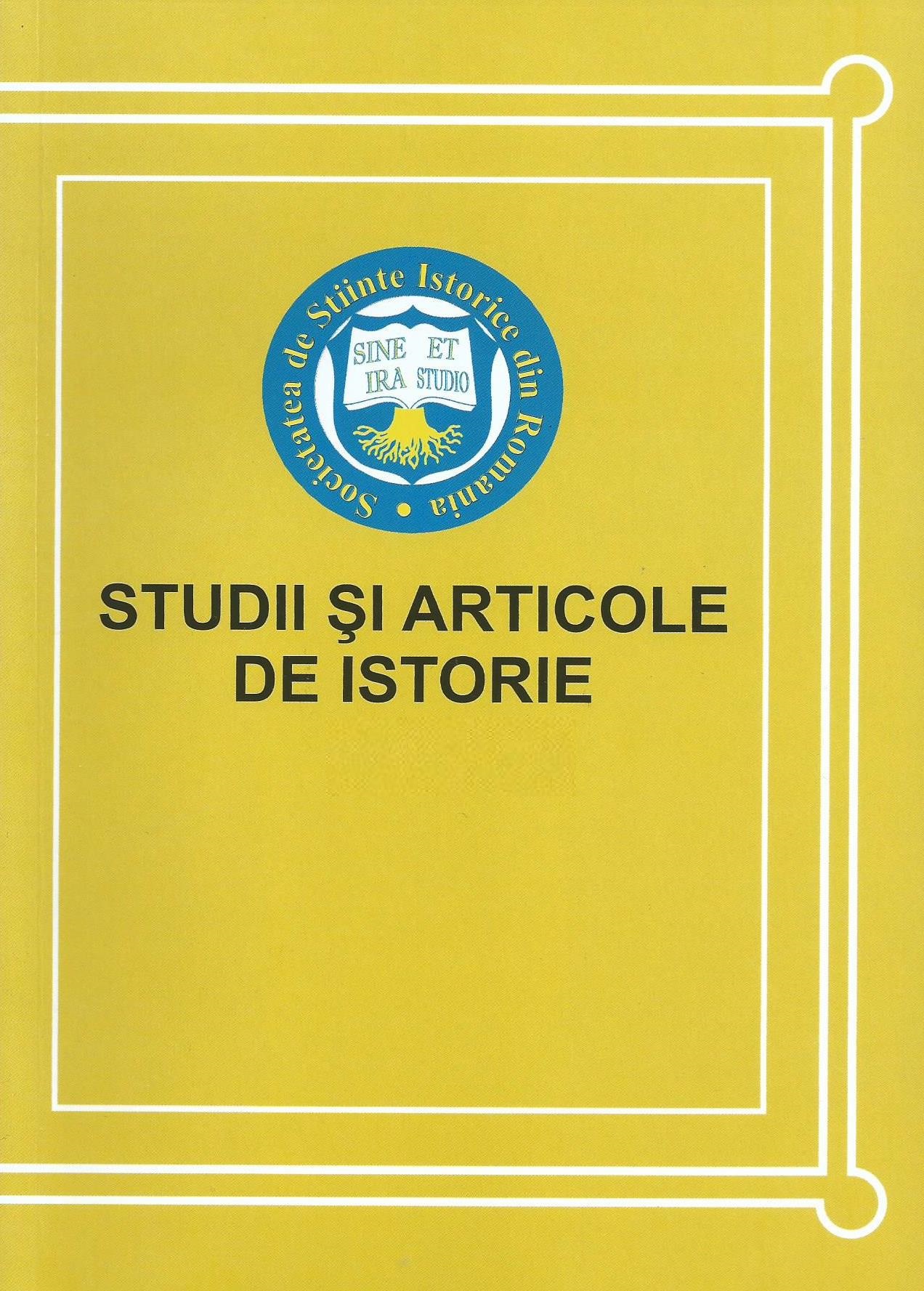
The literacy campaign coordinated by the Romanian Communist Party took place in the period 1945-1963 with great difficulties due to material problems, the lack of involvement of local authorities and teaching staff, as well as the Romanian mentalities of that period. Although it was heralded as a great success of the communist regime, in reality, the achievements of the whole campaign did not have the expected effects at its beginnings. In 1961, there were over eight hundred thousand illiterate people over the age of 55, wich is a clear proof of the failure of the literacy campaign in the Romanian People′s Republic.
More...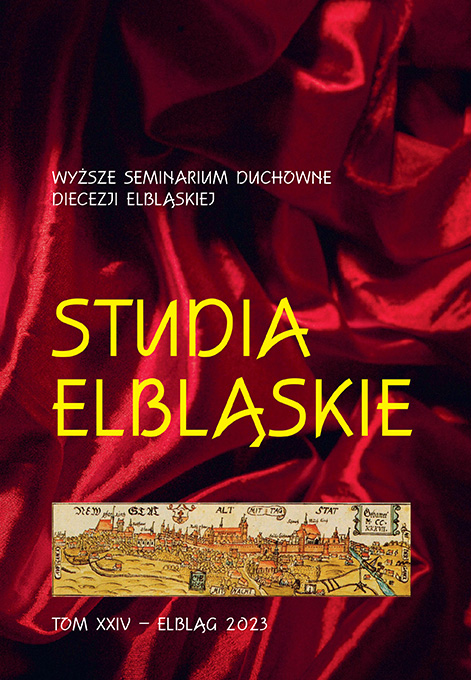
This article is devoted to the burial chapel of the Donimirski family in Czernin (ger. Hohendorf). From the sources researched, it is known that it was built in the second half of the nineteenth century on the order of Piotr Alkantara Marcin Donimirski. The author takes a closer look at the stages of construction of this chapel, its furnishings, the renovations carried out, as well as its condition before, during and after the Second World War. The following are buried in this place: Piotr, Wacław, Zygmunt and Czesław Donimirski. The chapel was also the place where the baptism and first communion of Witold Donimirski’s children were elebrated (after 1900). During the communist regime it was devastated and the remains of the deceased insulted.
More...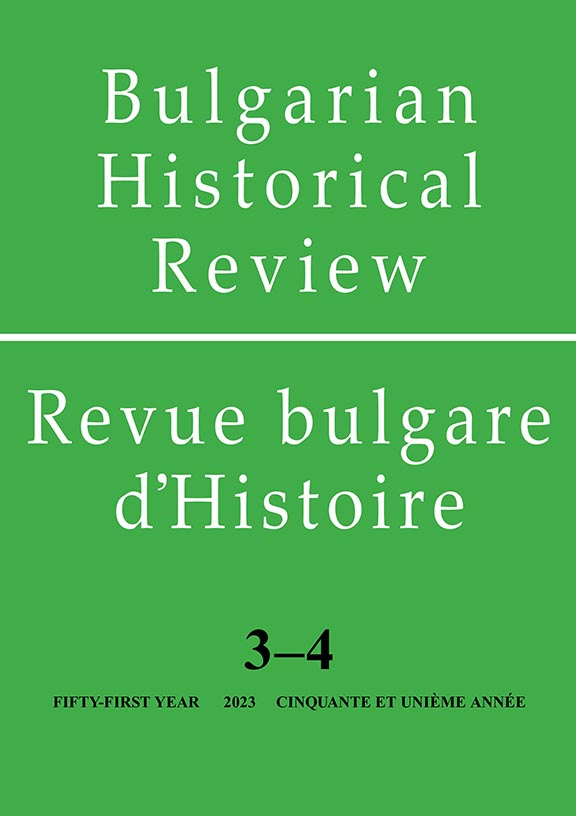
This paper deals with Montenegrin-Bulgarian relations before the First Balkan War that Montenegro and Bulgaria waged against Turkey together with their allies Serbia and Greece. Montenegrin-Bulgarian relations went from 1878 to 1912, mainly became better and better. These two states had no territorial or global conceptual conflicts of interest. Both were aware that they would have to go to war with Turkey to liberate the Balkans from five centuries of Ottoman occupation. This concept had an emotional character. Unlike the relations between the two countries, both were Slavic, so it was insisted on that detail, which was promoted by the mutual protector and ally Russia. The unfolding of events at the end of the First Balkan War, and immediately after it, as well as the fact that Montenegro was ethnically closer to Serbia than Bulgaria, committed it to go to war against Bulgaria in 1913, although Montenegro did not benefit from that war.
More...
The paper explores how the international policy addressed the Albanian question during the Balkan Wars of 1912–1913. The paper sheds light on the dynamics of relations between the Powers just before the onset of the World War I and points to the course a small country’s ambitions were dealt with under the European Concert, the last stand of whose was the Scutari crisis of 1912/13. It discusses one of the major debates during the Balkan Wars, the fate of Scutari. In order to present the impact of the European Powers’ diplomacy and its modus operandi, the article brings in light the unpublished British historical records from the Public Record Office, published diplomatic documents, the contemporary press that covered these events and relevant books and articles on the matter. The article proves that, despite being part of different alliances, the Great Powers were not eager to clash in regard to interests of a small Balkan country, and that all military efforts of Montenegro were, from the very beginning, futile and diplomatically groundless.
More...
Based on data from the funds of the State Military Historical Archive (SMHA), the Naval Museum, Varna (NMV) and the Russian State Naval Archive (RSNA), a historical reconstruction of the training of the graduates of the Engineering School of His Majesty’s Navy at the Naval Academy of the USSR in the period between the world wars was carried out in the article. With the application of the biographical method and the principle of historicism in combination with the methodology of comparative education, the peculiarities of training of the Engineering school graduates at the Academy have been established. It was established that the success of the training and the realization of the trainees in the navy were strongly influenced by external factors related to both the domestic problems that had arisen and the political situation and, above all, the repressions that took place in the USSR in 1937-38.
More...
In this study, an attempt is made to examine the status of education in Edirne Education District in the academic year 1926–1927. The main source of the study is the text entitled “Edirne Maarif Mıntıkasında 1926–1927 Ders Senesinde Maarif Vaziyeti” organized by the Edirne Education Directorate and published in 1927. Since this study covers a specific historical period, the historical research method, which is one of the qualitative research methods, has been used. The presentation of minority and foreign schools in Eastern Thrace in the report also gives an idea of the socio-cultural and demographic characteristics of the region. In particular, the Bulgarian schools show the presence of the Bulgarian population in Edirne and Kırklareli at that time and that Bulgarians were among the minorities in Turkey, along with Greeks, Jews and Armenians. The report of the Edirne Education Region, which contains very detailed information, gives an idea of the status of education in Turkey during the first years of the Republic, as well as in the Eastern Thrace region.
More...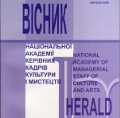
The purpose of the study is to study and analyse the history of the development of marketing technologies in the fine arts market throughout human history from ancient times to the beginning of the XXI century. The research methodology is based on the use of comparative, empirical, and theoretical methods. This methodological approach allows to analyse the process of formation and history of development of fine art marketing, to conduct a study of marketing processes in the promotion of works of art in the art market at different times of human history. The scientific novelty is to expand the understanding of the fine art market. The article examines marketing processes in the art market at different historical times. The article analyses the problems that have been formed and overcome throughout the history of the emergence and formation of marketing in the field of culture and art. The article also analyses the theoretical foundations of fine art marketing and the ways of their practical implementation in different periods of art market formation. Conclusions. The conducted analysis allowed to determine that even before the emergence of the modern art market as an element of the general capitalist market, the movement of works of fine art thousands of years ago, in ancient times, contained elements of marketing approaches and technologies, which was entirely due to the processes of selling and buying works of art, exchanging them and collecting them. In particular, we are talking about the forerunners of marketing approaches and technologies aimed at satisfying the public demand for works of fine art; organising the collection, classification and collecting of works of fine art; conducting an examination of their quality and originality; determining the methods of promoting works in society that were already available at that time. Thus, before the emergence of the modern art market, there was a so-called "wild market" that in a certain way "regulated" the processes of movement of works of art in society.
More...